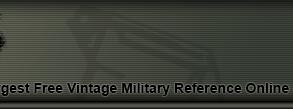The Tsuba Anatomy is outlined in the following photo. This is a Maru Gata type tsuba, which is round
in shape and the most commonly available.
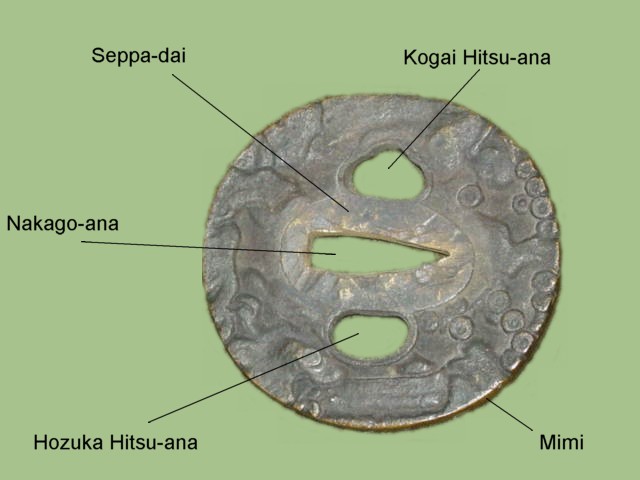
A different design of Tsuba has a couple different features that are explained in the image below.
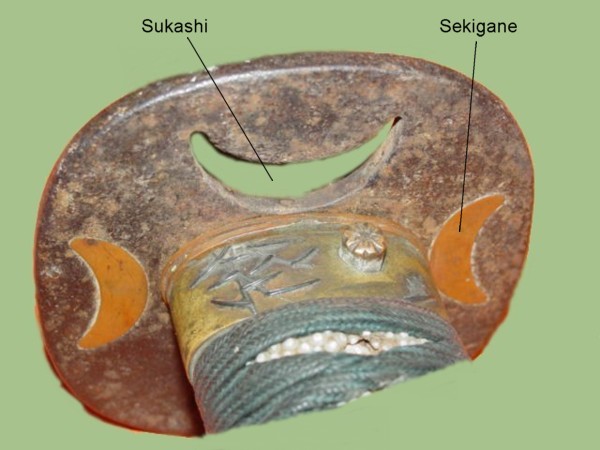
| TSUBA PART NAME |
DESCRIPTION |
| Seppa-dai |
This is the area around the Nakago-ana. It is normally kidney shaped. If the Tsuba
is signed, this is the most likely place where the signature would be placed.
|
| Kogai Hitsu-ana |
Decorative opening on one side of the Tsuba. Round shape with a protrusion on one side .
|
| Nakago-ana |
This is the opening where the blade of the sword goes through. This is normally
the largest opening found.
|
| Hozuka Hitsu-ana |
This is the area around the Nakago-ana. It is normally kidney shaped. |
| Mimi |
This is the rim of the Tsuba. |
| Sukashi |
The Sukashi are ornamental cuts applied to the Tsuba. Some of the designs involve multiple openings
to the body of the Tsuba. Such pieces are known as Sukashi tsubas.
|
| Sekigane |
The sekigane was a very popular way in which to adorn the Tsuba. The technique consisted of carving out
designs and filling them up with gold color material. Some of the designs were basic shapes. In other
cases the adornations took on the form of known figures such as flowers, animals, etc.
|
The manufacturing of Tsubas requires great craftsmanship. There were individuals who were dedicated
specifically to their manufacturing. These individuals were artists. In some cases the swordsmith
would make his own Tsubas.
A grading system exists for rating Tsubas.
| |
RANKING NAME |
DESCRIPTION |
| 1 |
Meijin |
Superior master. This is the highest grade available. Known as AAAA. |
| 2 |
Meiko |
Great master. This grade ios known as AAA. |
| 3 |
Joko |
Excellent artist. Also known as AA. |
| 4 |
Ryoko |
Good artist. this is the lowest grade available. Also known as "A". |
The Tsubas can be divided by their type of shape. The following is a list of some of the categories.
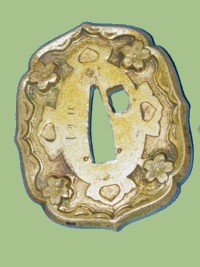 |
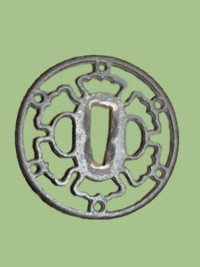 |
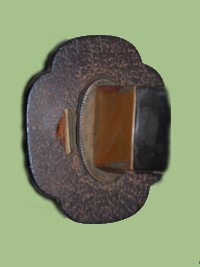 |
Adi Gata
Standard Tsuba for Japanese
Army during WWII. |
Maru Gata
Round shape Tsuba. |
Mokko Gata
Four smooth leaves tsuba. |
The following photos are examples of some of the Tsubas found in the Samurai swords. The Tsubas shown here
represent swords employed by different branches of the service as well as civilian swords.
|


